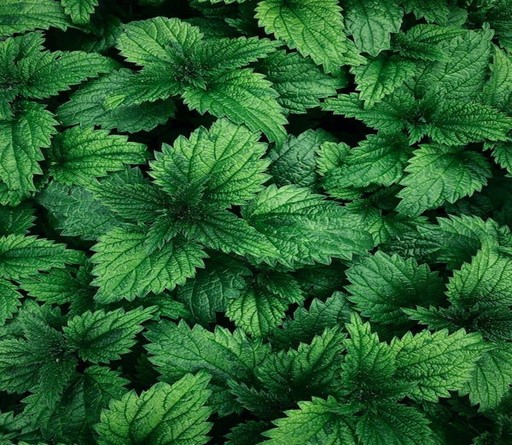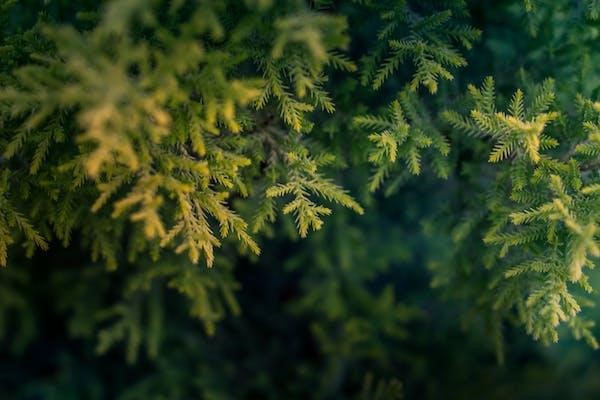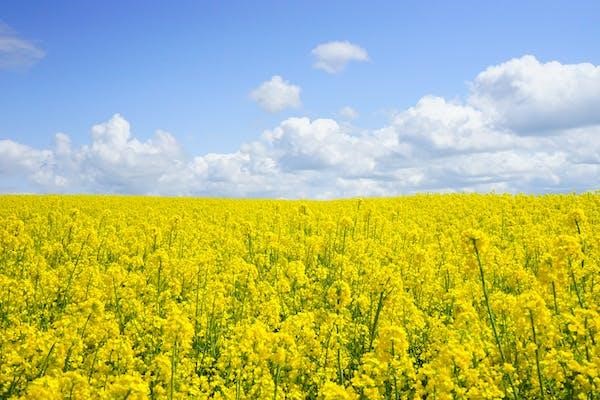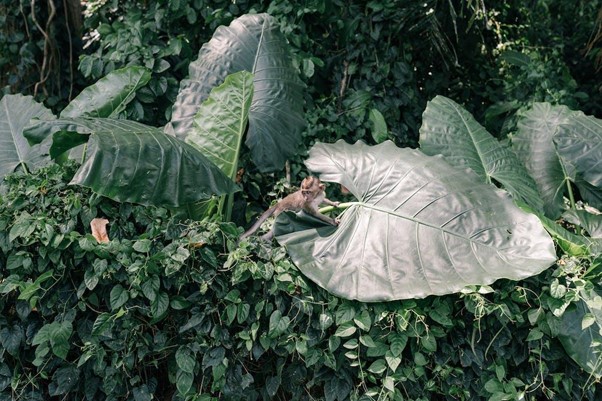Introduction:
Survival situations can catch us off guard, leaving us to fend for ourselves with limited resources. But fear not! Mother Nature has bestowed upon us a remarkable array of edible wild plants that can be a lifeline in emergencies. Whether you’re lost in the woods or facing a disaster, learning how to identify and use these plants could be the game-changer you need. In this article, we’ll delve into Wild Plant Survival Hacks: Learn 10 creative ways to use edible wild plants in emergencies, equipping you with essential knowledge to navigate the wild with confidence!
Unveiling the Wild Plant Survival Hacks
1. Nettle Nourishment: Nutrient-packed Brews
When the stomach rumbles and your energy wanes, look no further than the stinging nettle! Don’t let its prickly demeanor fool you—nettles are rich in vitamins and minerals that can keep you going. Here’s how to make the most of this prickly ally:
- Nettle Tea Powerhouse: Boil nettle leaves to create a revitalizing tea that can alleviate fatigue and boost your immune system.

2. Dandelion Delights: Culinary Magic
Wild Plant Survival Hacks: Learn 10 creative ways to use edible wild plants in emergencies wouldn’t be complete without mentioning the versatile dandelion. Those sunny flowers and toothy leaves can be transformed into culinary masterpieces:
- Dandelion Salad Surprise: Craft a salad using dandelion greens, adding a zesty punch to your meal. Who said survival food can’t be gourmet?
3. Clover Confidence: Natural Sweetness
Feeling the need for a little sweetness in the midst of adversity? Clover flowers are your answer! These delicate blooms are nature’s candy, and they’re packed with nectar for your indulgence:
- Clover Infusion Elixir: Create a refreshing infusion by steeping clover flowers in water, satisfying your sweet tooth in the most natural way possible.
4. Purslane Pleasure: Omega-3 Rich Sustenance
In dire circumstances, your body needs essential nutrients to keep going. Enter purslane, a small leafy green that’s loaded with omega-3 fatty acids and other vital nutrients:
- Purslane Power Smoothie: Blend purslane leaves with water to create a nutrient-packed smoothie that’ll keep you energized and ready for whatever challenges come your way.

5. Plantain Practicality: Soothe and Heal
Wild Plant Survival Hacks: Learn 10 creative ways to use edible wild plants in emergencies doesn’t just focus on sustenance—it’s also about utilizing plants for medicinal purposes. Plantain, often seen as a pesky weed, can be a soothing balm for various ailments:
- Plantain Poultice: Crush plantain leaves and apply them to wounds, insect bites, or stings for quick relief and healing.
6. Cattail Cuisine: Wetland Wonder
Imagine you’re stranded near a marsh or wetland area—cattails could be your saving grace! These plants are a survivalist’s dream, providing both nutrition and material for practical use:
- Cattail Rhizome Roast: Roast or boil the starchy rhizomes for a potato-like feast, adding variety to your survival diet.
7. Pine Power: Vitamin C Boost
When you’re in a sticky situation, maintaining your health is paramount. Pine needles come to the rescue with their high vitamin C content:
- Pine Needle Tea: Brew a steaming cup of pine needle tea to bolster your immune system and keep scurvy at bay. Nature’s remedy in a cup!

8. Wood Sorrel Surprise: Zesty Flavor
Bland meals can take a toll on morale. Enter wood sorrel, a plant with heart-shaped leaves and a tangy surprise in store:
- Wood Sorrel Zing: Enhance your dishes by incorporating wood sorrel leaves, adding a burst of lemony flavor that can lift your spirits.
9. Lamb’s Quarter: The Protein Punch
Protein is essential for maintaining strength during challenging times. Lamb’s quarter, often considered a weed, is a hidden source of plant-based protein:
- Lamb’s Quarter Stir-fry: Sauté lamb’s quarter leaves with foraged veggies to create a protein-packed stir-fry that keeps you fueled and strong.
10. Wild Mustard Wisdom: Culinary Condiment
Spice up your survival meals with a touch of wild mustard! This plant not only adds flavor but also boasts medicinal properties:
- Wild Mustard Seasoning: Crush wild mustard seeds to create a zesty seasoning that enhances the taste of your dishes while potentially aiding digestion.

Exploring Further: Wild Plant FAQs
Q1: Are these edible wild plants safe for consumption in emergencies?
Absolutely! However, it’s crucial to correctly identify plants before chowing down. Use field guides and online resources to differentiate between edible plants and their toxic look-alikes.
Q2: Can I find these plants everywhere?
Indeed, you can discover these plants in various regions. Remember, nature’s bounty is abundant, but variations exist across geographical locations.
Q3: How can I prepare these plants without utensils?
Fear not, as nature provides solutions here too! Leaves can often double as plates, and stones can serve as impromptu cooking tools.
Conclusion:
In the realm of survival, knowledge is power, and embracing the bounty of edible wild plants is a game-changer. From nourishing nettle teas to zesty wood sorrel, these wild plant survival hacks provide a lifeline when times get tough. Remember, nature has equipped us with the tools to survive and even thrive in dire situations. So, arm yourself with the wisdom of Wild Plant Survival Hacks: Learn 10 creative ways to use edible wild plants in emergencies and venture into the wild with confidence. Happy foraging and surviving!
Disclaimer: Foraging Safety
While these wild plant survival hacks can be invaluable, exercise caution and ensure proper identification before consuming any plants in the wild. Some plants may have toxic look-alikes that can be harmful or even deadly. It’s always recommended to learn from experts, use reliable field guides, and proceed with care to ensure your safety.

Leave a Reply